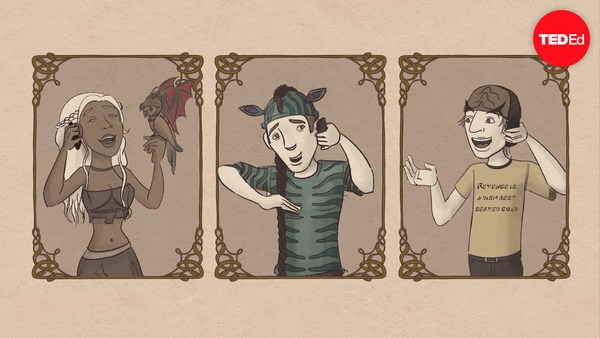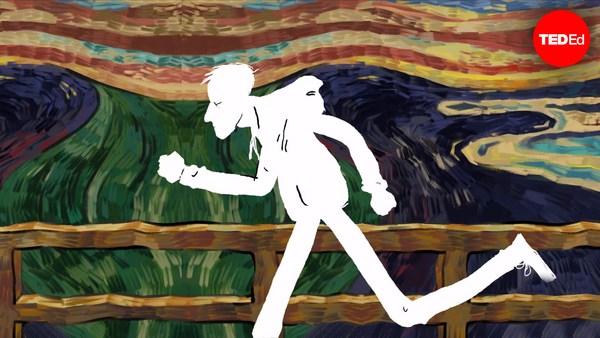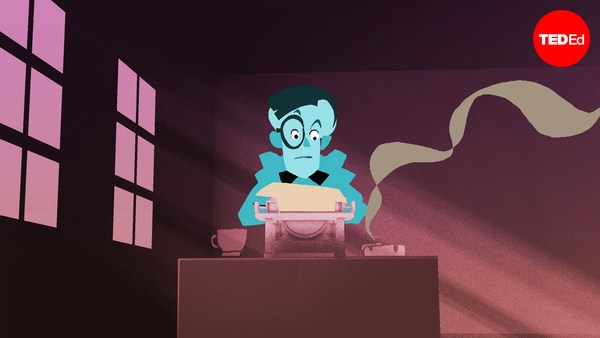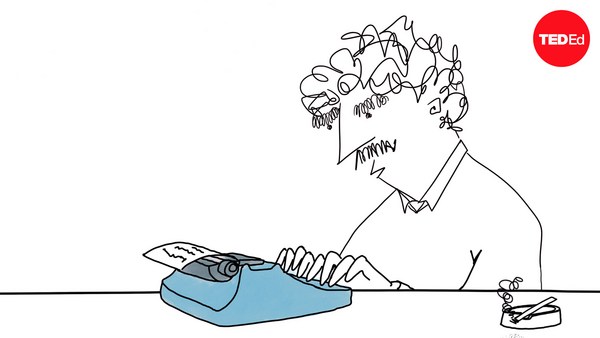One day in 1965, while driving to Acapulco for a vacation with his family, Colombian journalist Gabriel García Márquez abruptly turned his car around, asked his wife to take care of the family’s finances for the coming months, and returned home. The beginning of a new book had suddenly come to him: “Many years later, as he faced the firing squad, Colonel Aureliano Buendía was to remember that distant afternoon when his father took him to discover ice.”
Over the next eighteen months, those words would blossom into One Hundred Years of Solitude. A novel that would go on to bring Latin American literature to the forefront of the global imagination, earning García Márquez the 1982 Nobel Prize for Literature.
What makes One Hundred Years of Solitude so remarkable? The novel chronicles the fortunes and misfortunes of the Buendía family over seven generations. With its lush, detailed sentences, large cast of characters, and tangled narrative, One Hundred Years of Solitude is not an easy book to read. But it’s a deeply rewarding one, with an epic assortment of intense romances, civil war, political intrigue, globe-trotting adventurers, and more characters named Aureliano than you’d think possible.
Yet this is no mere historical drama. One Hundred Years of Solitude is one of the most famous examples of a literary genre known as magical realism. Here, supernatural events or abilities are described in a realistic and matter-of-fact tone, while the real events of human life and history reveal themselves to be full of fantastical absurdity. Surreal phenomena within the fictional village of Macondo intertwine seamlessly with events taking place in the real country of Colombia. The settlement begins in a mythical state of isolation, but is gradually exposed to the outside world, facing multiple calamities along the way. As years pass, characters grow old and die, only to return as ghosts, or to be seemingly reincarnated in the next generation. When the American fruit company comes to town, so does a romantic mechanic who is always followed by yellow butterflies. A young woman up and floats away.
Although the novel moves forward through subsequent generations, time moves in an almost cyclical manner. Many characters have similar names and features to their forebears, whose mistakes they often repeat. Strange prophecies and visits from mysterious gypsies give way to the skirmishes and firing squads of repeated civil wars. An American fruit company opens a plantation near the village and ends up massacring thousands of striking workers, mirroring the real-life ‘Banana Massacre’ of 1928. Combined with the novel’s magical realism, this produces a sense of history as a downward spiral the characters seem powerless to escape. Beneath the magic is a story about the pattern of Colombian and Latin American history from colonial times onward.
This is a history that the author experienced firsthand. Gabriel García Márquez grew up in a Colombia torn apart by civil conflict between its Conservative and Liberal political parties. He also lived in an autocratic Mexico and covered the 1958 Venezuelan coup d’état as a journalist. But perhaps his biggest influences were his maternal grandparents. Nicolás Ricardo Márquez was a decorated veteran of the Thousand Days War whose accounts of the rebellion against Colombia's conservative government led Gabriel García Márquez to a socialist outlook. Meanwhile, Doña Tranquilina Iguarán Cotes’ omnipresent superstition became the foundation of One Hundred Years of Solitude’s style. Their small house in Aracataca where the author spent his childhood formed the main inspiration for Macondo.
With One Hundred Years of Solitude, Gabriel García Márquez found a unique way to capture the unique history of Latin America. He was able to depict the strange reality of living in a post-colonial society, forced to relive the tragedies of the past.
In spite of all this fatalism, the novel still holds hope. At his Nobel Lecture, García Marquez reflected on Latin America’s long history of civil strife and rampant iniquity. Yet he ended the speech by affirming the possibility of building a better world, to quote, “where no one will be able to decide for others how they die, where love will prove true and happiness be possible, and where the races condemned to one hundred years of solitude will have, at last and forever, a second chance on earth."





